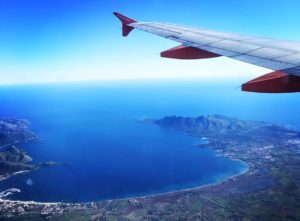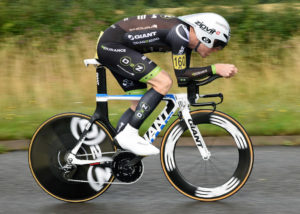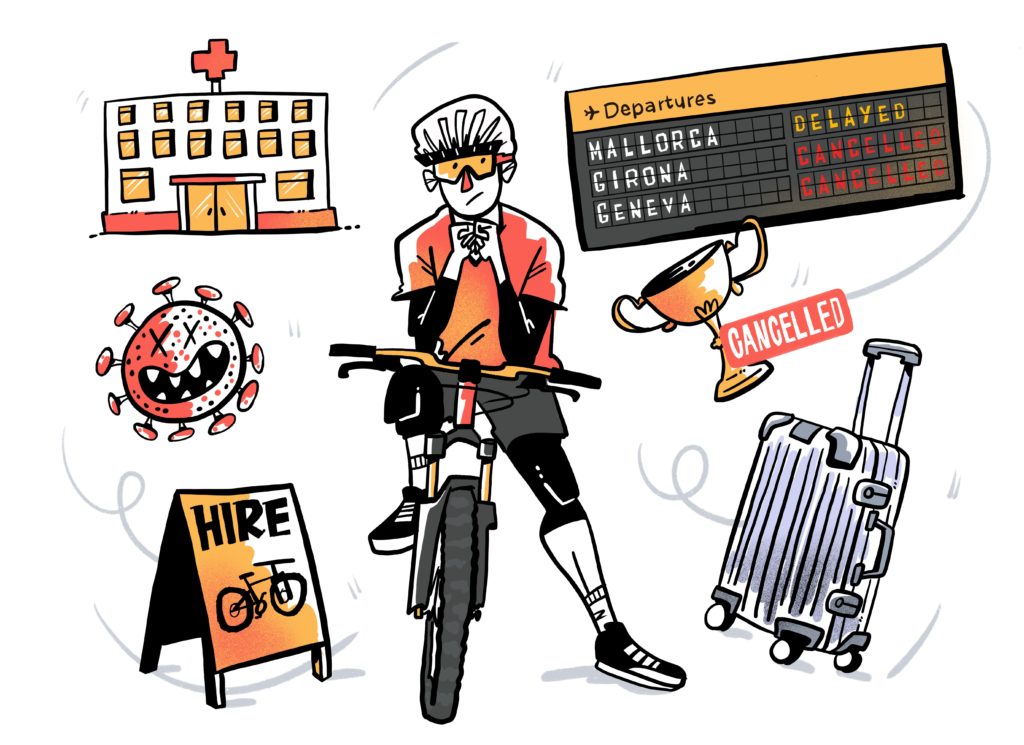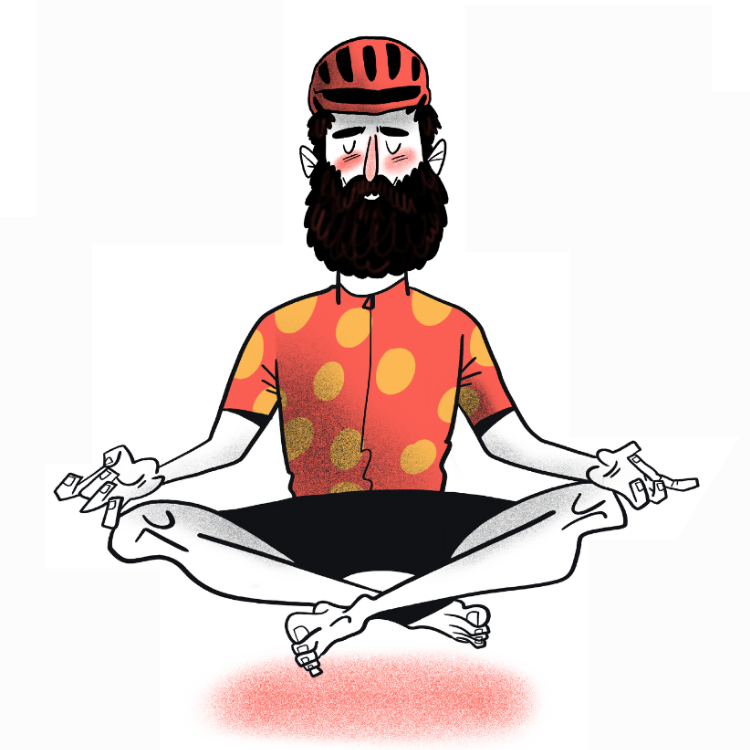The 2018 edition of ‘La Grande Boucle’ covers 26 climbs – all of which play a part in deciding the eventual race outcome. Some of these are mere category 4s, climbs you could crest on anything from a Boris bike to a trusty, folding Brompton, and some are menacing hors categorie climbs – ascents to nowhere that even the most experienced of pros fear.
Is it possible for us mere mortals to ascend these foreboding colossuses? Here is our guide to cresting four of the key climbs that define the 2018 Tour de France route – complete with anecdotes from fellow regular riders that have crested them and lived to tell the tale.
Plateau des Glières
Distance: 6km
Average gradient: 11.2%
Elevation gain: 746m
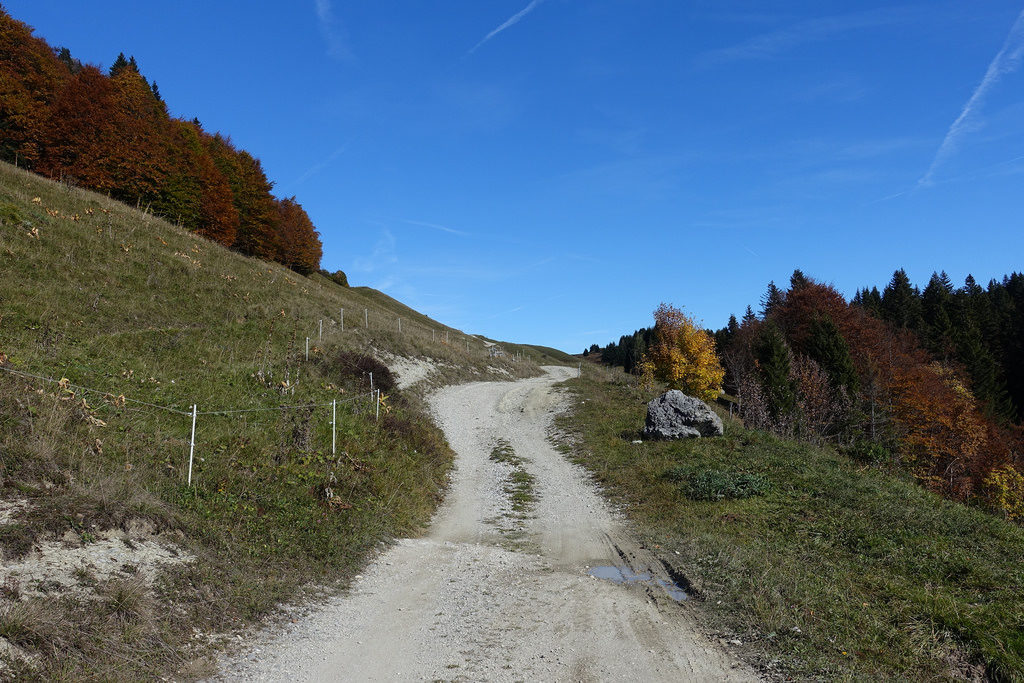
This ascent has yet to be traversed by the Tour peloton – mystery, intrigue and fear hanging over this climb like a rain-laden cloud. The riders will encounter the Alpine beast on stage 10, the day after the first rest day. If the previous Col de la Croix Fry wasn’t a wake-up call for the hellish ascents to come, the Plateau des Glières certainly will be.
Making headlines for a short gravel section near the summit – this is a climb that appears to blend the best aspects from the Giro’s iconic Colle delle Finestre (gravel) and the Vuelta’s unearthly Alto de l’Angliru (relentless gradient), creating a Frankenstein’s monster of a climb that is bound to have the GC riders quaking the moment they reach the base.
The A40 autoroute passes nearby and makes places like Morzine and Annecy a perfect base – the option to traverse many more fabled climbs literally on your doorstep. Bakeries, cafes and water fountains line the roads from Entremont and Le Petit Bornand – music to the ears of cycle tourers on the hunt for the steepest, most tortuous ascents.
Rider’s eye view
“French forums talk of a ‘mini-Zoncolan’ which says as much about the Zoncolan, the climb by which all others are measured. This one is easier but do think about low gears because there are long stretches at 10-14%, not far off double the Alpine average. The plateau road is fun and perfectly passable on a road bike and the secret is to look up from the dirt road and admire the pastures around. It’s an escape route, a detour but rewarding for its calm.”
Col de Peyresourde
Distance: 13.7km
Average gradient: 6.9%
Elevation gain: 939m
One of the first climbs ever to be included in the Tour de France, the Peyresourde made its debut on the 1910 edition’s 10th stage – an epic, 326km long route from Luchon to Bayonne. The route was labelled as the “Circle of Death” due to the inclusion of other, hellish ascents – the Aspin, Tourmalet, Aubisque and Osquich all making an appearance.
Octave Lapize (pictured) went on to win that stage and with it, the 1910 Tour de France. Since that defining moment, the Peyresourde and at least a few of its “Circle of Death” siblings have been included in the majority of editions since – writing the race scripts for over a century.
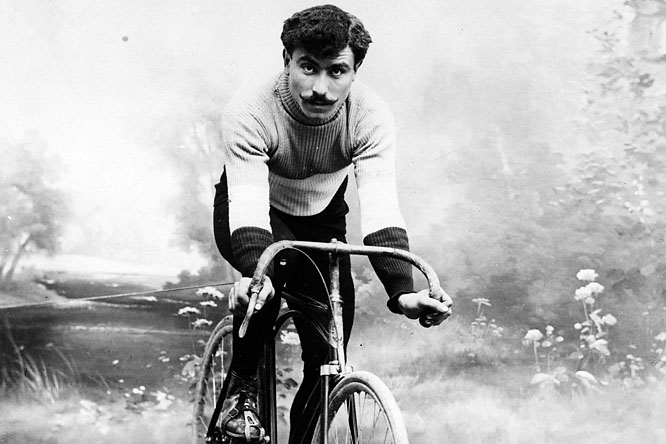
For the 2018 edition, the Peyresourde will feature on stage 17 – a day that’s aiming to rip up this century-old script with its grid-like start and super-short, 65km route.
The Peyragudes Ski Station lies nearby, complete with a small airport – recognisable to all the James Bond fans out there as the starting set of the film Golden Eye. If you’re not looking to charter a private flight, then a touchdown in Lourdes will work equally as well – a small transfer to the perfect base town of Saint-Lary setting you up for a weekend of stunning cycling. The Aspin, Portet and Val Luron are all within touching distance of the Peyresourde.
Rider’s eye view
“The first seven and a half kilometres there’s not really much room to recover. It’s only with 4km to go, the scenery is amazing, but it takes 10km to get here.”
Col du Tourmalet
Distance: 17km
Average gradient: 7.3%
Elevation gain: 1,255m
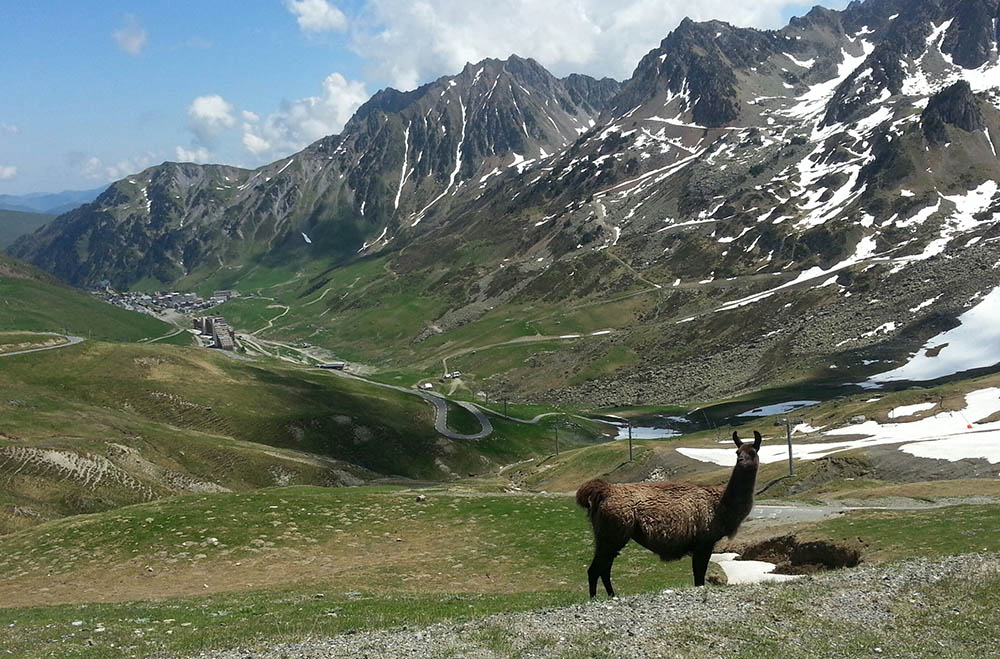
No climb has featured in the Tour de France more than the Col du Tourmalet, a giant of both physical stature and mythic racing allure with its 85 appearances. Like the Peyresourde, the Tourmalet was introduced in 1910.
In the 2018 edition, the Tourmalet will feature on a climbing-packed stage 19 – the day many have touted as the ‘Queen Stage’ of this year’s race and the location where the yellow jersey will be both won and lost.
The riders may crest it from its eastern side this year, a climb that tops out at 2,115m, but that doesn’t stop you from exploring the multiple routes up this unforgiving mountain. The western side is a slightly more forgiving ascent and rides out from the town of Luz, a perfect base for anyone travelling into Lourdes airport. Whichever direction you climb it from, there lies the same, barren summit – a small gift shop and iron-sculpted ‘Géant au Col du Tourmalet’ the only signs of civilisation to greet you.
Rider’s eye view
“The first few kilometres are enjoyable enough, almost lulling you into a false sense of security. But the gradient soon increases dramatically and never backs off at all. It’s steep and steep all the way to the summit, and nowhere does the gradient relax enough to afford a brief respite from the pain of pedalling.”
Alpe d’Huez
Distance: 12.6km
Average gradient: 8%
Elevation gain: 1,025m
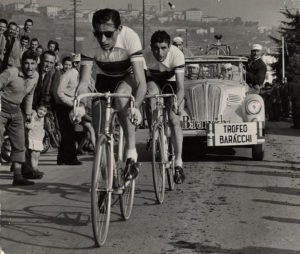
Without a doubt the most iconic climb on the Tour de France, the infamous Alpe – and its notorious 21 hairpin bends – has been knocking about on cycling’s top stage for over 65 years, making its debut in 1952 as the final summit finish in a gruelling 266km stage, won by Italian legend, Fausto Coppi.
Another Italian, the late Marco Pantani, continues to hold the record for the fastest ascent of the Alpe – 37 minutes and 35 seconds during the 1997 Tour de France. For the 2018 edition, Alpe d’Huez features in much the same way as it did when it made its debut – as a summit finish – albeit this time on a much shorter, 175.5km trek from Bourg-Saint-Maurice on stage 12.
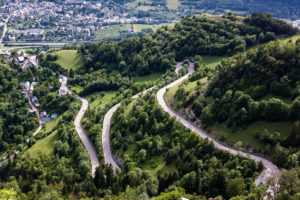
Located in the central western French Alps, you’ll have a choice of three airports to fly into if you’re planning a trip to conquer this Col. Grenoble, Lyon and Chambery all lie relatively equidistant from the mountain, a 1h30 to 2h bus or taxi transfer away. Once there, prepped and ready, only 12.6km lie in wait – a simple task if you choose to forget the average gradient and elevation gain. This is a climb where maintaining a rhythm is essential and flying under that magic 1 hour is a badge of honour.
Rider’s eye view
“Alpe d’Huez isn’t the most difficult or picturesque climb I’ve done here in France, but the battles that have taken place on this mountain is what gives its allure. The magic time for us punters to make is 1hr. I had great legs yesterday and if I wasn’t taking photos I’m pretty sure I would have matched Pantani’s time. We’ll never know now, will we…”
– CyclingTips
As the 2018 Tour de France enters its second and third weeks, look out for these gruelling climbs – they’ll be shaping the race itself and no doubt fuel you with the hunger to go out and crest them yourself.




